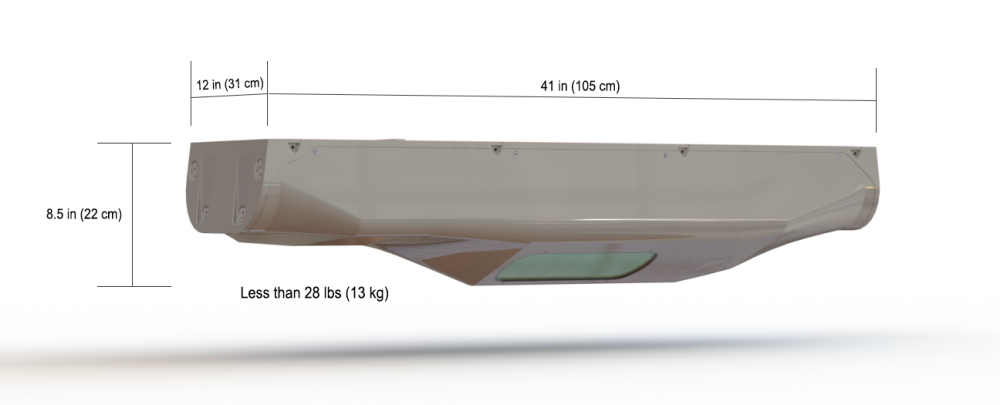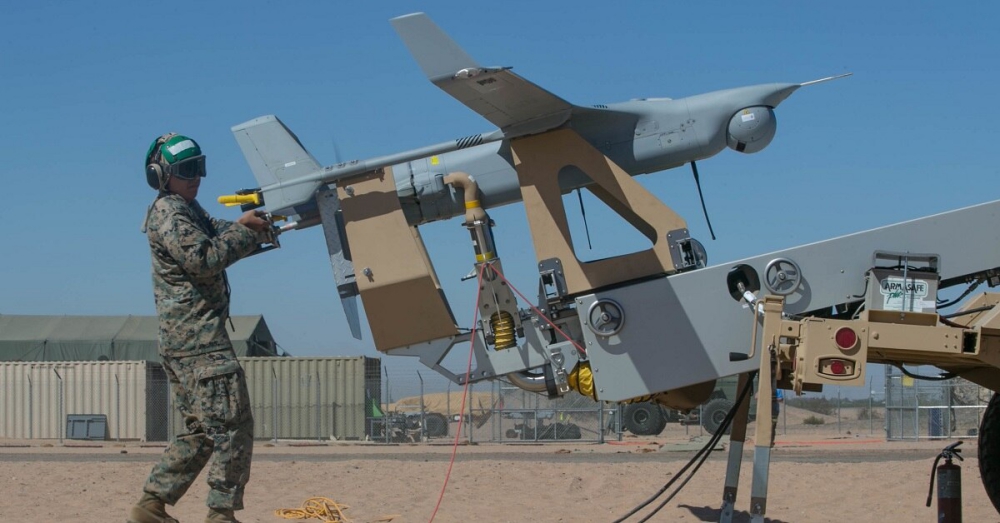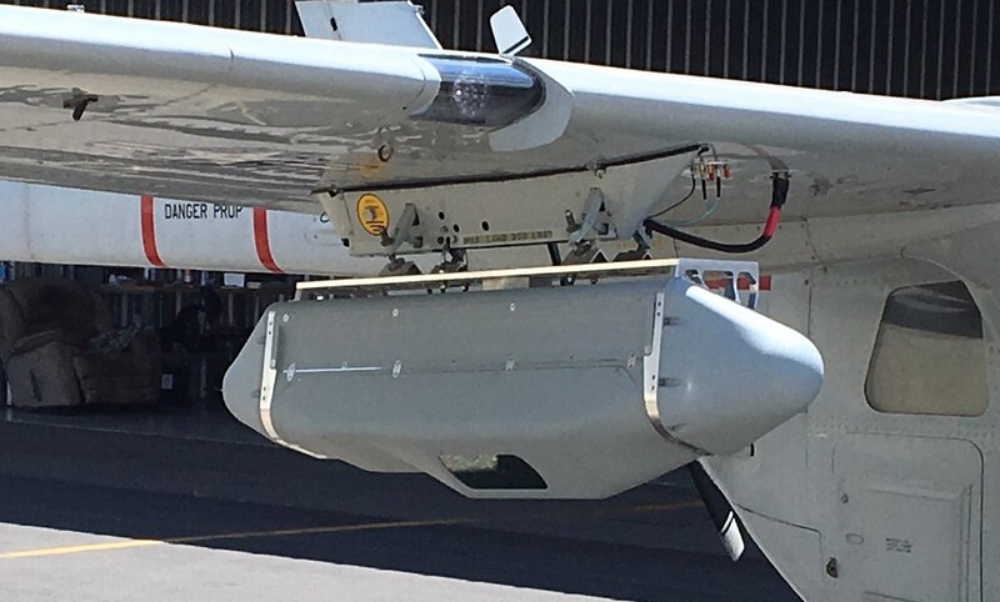recently received approval to disclose that it has been awarded a $6.7 million contract from the U.S. Naval Air Systems Command (NAVAIR) to develop, deliver, and perform proof-of-concept flight tests on a wide-area motion imagery (WAMI) sensor.
The sensor system will be called Cardcounter and is being developed to integrate onto the Navy and Marine Corps RQ-21A small tactical unmanned aircraft system (UAS).
Cardcounter will be a missionized capability derived from Logos Technologies’ BlackKite sensor. BlackKite is an ultra-lightweight WAMI prototype with infrared capability.
“We see this contract as a major step for us, the Navy/Marines, and the warfighter in general,” said Doug Rombough, VP for Business Development at Logos Technologies. “In embracing miniaturized wide-area motion imagery systems for tactical UAS, the Department of Defense is taking a technology that has already proven itself on the battlefield with aerostats and providing the tactical commander with guardian angel-like overwatch.”
BlackKite, upon which Cardcounter will be based, weighs fewer than 28 pounds, yet is powerful enough to image an area of more than 12 square kilometers (about 5 square miles) in coverage. Within that vast coverage area, sensor operators can detect and track all vehicles in real time.
“There’s nothing like BlackKite out there in the market today,” said Rombough. “It is a force multiplier in terms of enhanced situational awareness. The system catches and records the entire area in real time and streams multiple video ‘chip-outs’ down to handheld devices on the ground.”
Cardcounter will leverage BlackKite’s high-performance, multi-modal edge processor, which can store six or more hours of mission data. With this technology, users can forensically analyze the recorded imagery to better contextualize what is currently unfolding in the real-time imagery, drawing connections between people, places and events.
The initial $6.7 million award from NAVAIR will cover the development of two Cardcounter prototypes, with a planned delivery by the end of September 2020 and ready to begin flight testing on the RQ-21A Blackjack.
Blackjacks are used by the Navy to provide intelligence, surveillance and reconnaissance coverage day or night. Able to launch without a runway, the Blackjack has a range of about 50 kilometers and can stay in the air for up to 16 hours. Blackjack drones already host a number of sophisticated sensors, including full-motion video, infrared marker, laser range finder and a communications relay package, but Cardcounter offers a new capability: the ability to view a city-sized area.
“What really makes WAMI special is the fact that it can monitor all of the movement — both dismount and vehicles — in a city-sized area. You can kind of think of it like live Google Earth with [digital video recorder] capability,” Doug Rombough, vice president for business development at Logos Technologies, told C4ISRNET. “Prior to WAMI, you had simply the full-motion video sensors; and obviously full-motion videos are awesome because they are very high resolution. They can zoom in on an area. The challenge with FMV is you’ve got that very narrow field of view, kind of like looking through a soda straw.”
Used together, WAMI and full-motion video allow operators to take in the big picture of what’s happening on the ground and zoom in on areas of interest. Cardcounter will be able to store six hours or more of that data for later analysis, but it will also be able to transmit portions of that imagery to users on the ground in real time.
Logos Technologies, a company that specializes in WAMI, has worked to miniaturize that capability, making it as lightweight as possible for any manned or unmanned aircraft.
“There are very few WAMI sensors that have been developed that can fly on unmanned aircraft,” said Rombough, noting that the only other one he knows of in use today is carried by the relatively massive MQ-9 Reaper. A Reaper has a wingspan of 66 feet. A Blackjack has a wingspan of 15.7 feet.
Flight testing of Cardcounter wrapped up July 31 in North Carolina, said Rombough. A demonstration of the new sensor for the U.S. government is slated for next summer, followed by a field-user evaluation.
“I will tell you that we are waiting on the next delivery order — they’ve already told us that they want to build an additional two for a total of four because they want to send four of them out on a [field-user evaluation],” Rombough said.
He added that the Army, Special Operations Command and the Air Force expressed interest in adapting the BlackKite/Cardcounter sensor for their platforms, and Logos Technologies could be demonstrating their sensors to SOCOM around the fall/winter time frame.
Sources: Press Release; C4ISRNET



